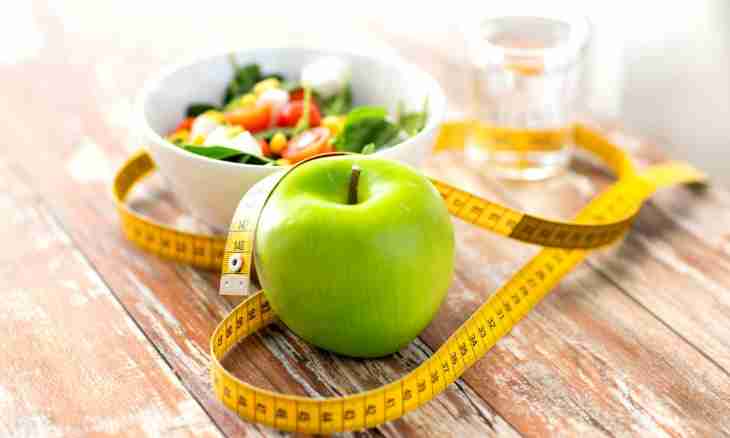There is a number of theories about healthy food and incorrect representations which find adherents quite long time. The theory about products with minus or negative caloric content also belongs to their row.
Adherents of the theory claim that there are products with too small caloric content at which digestion the organism spends more calories, than have these products in structure. For example, the cup of a leaf lettuce contains about 30 kcal, 40-50 kcal, that is 10-20 kcal are spent for digestion the organism kind of "burned" in the course of digestion of food that, undoubtedly, plus for the people who are losing weight or keeping to a sports diet. It can already seem absurdity. It seems that no trainings are necessary, products with negative caloric content will be a peculiar gym or the racetrack, it is enough to eat these products only. "negatively high-calorie" carry all types of leaf lettuces, cabbage, tomatoes, cucumbers, some types of a citrus and apples and some other plants to a row.
Scientists about products with negative caloric content look at the theory skeptically, explaining it with existence of so-called thermal effect of food (reduction with English TEF). ETF expresses the number of the kcal spent by an organism for digestion. ETF coefficient can't exceed 100% in any way, and fluctuates from 3% to 30%. In other words, the organism spends at most 30 kcal for each received 100 kcal. But also the organism spends these maximum 30% for digestion of proteinaceous food, that is most often food of animal origin to which salads, cucumbers and so on don't belong.
Really, foodstuff with "the negative caloric content" as carbohydrate products, spend only 5-10% for the digestion. For example with apple in 50 kcal the organism will receive about 40 kcal. The remote confirmation of the theory can be seen in contents some products of special substances which increase metabolism of an organism (for example, синефрин in grapefruit), but it isn't negative caloric content.
So, the products having "the negative caloric content" actually only low-calorie products which advantage is availability of cellulose and water in structure that gives effect of saturation and in general well influences digestion. This also leads to decrease in body weight as the volume of the food decreases at the expense of low-calorie vegetables. At calculation of a day diet such vegetables in general can be not considered as their caloric content is too small for adjournment in fat. And it is valid, nobody grew stout yet, eating cucumbers, cabbage or salad. Conclusion: vegetables, especially green, have to be present whenever possible behind each meal because of their extreme usefulness, but not confuse it with negative caloric content in any way.

